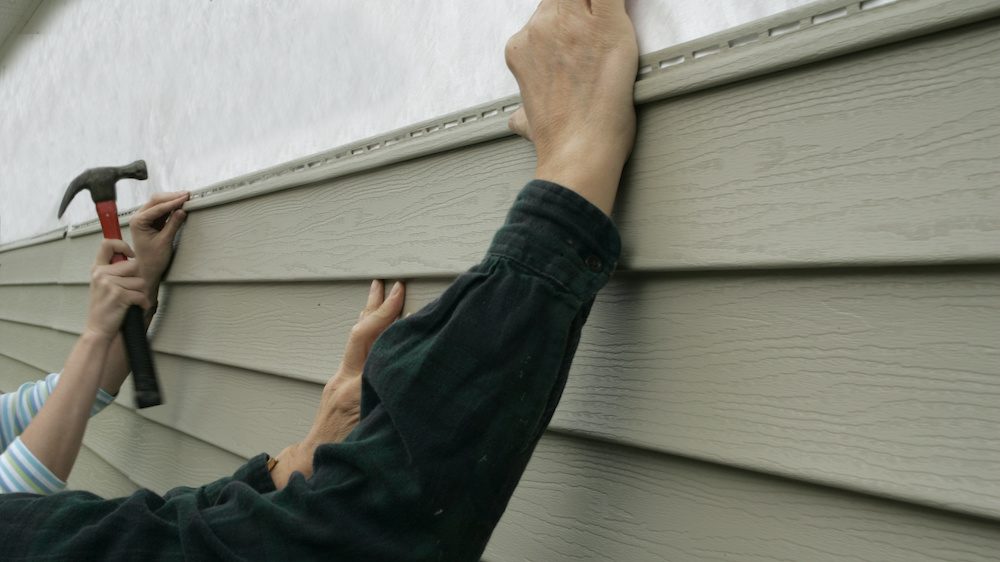
When building or renovating a home, you may have to decide what sort of home siding to install on your house’s exterior. There are several types of siding to choose from, each with its pros and cons. Let’s make the best choice for you.
What to consider
When choosing a siding material, cost is a prime consideration. But you should also research and take other factors into account, including appearance, durability, ease of maintenance, energy efficiency and flexibility in changing the siding’s appearance. Every choice has its trade-offs, so you must decide what factors are most important to you before you make a final choice.
Vinyl siding
Typically the least expensive and the easiest to maintain, vinyl siding is a huge seller. It can be manufactured with or without wood grain and comes in vertical and horizontal panels. Vinyl home siding is durable; it lasts 30 to 50 years and resists damage from insects and the elements. The downside: Vinyl siding can’t be painted. When you choose a color, you are stuck with it until you replace it.
Fiber cement board
Fiber cement board is made from a composite of sand, fiber and cement and is molded to look like wood siding or plank. It can be painted and is highly resistant to flame and wood-destroying insects. (That flame resistance could garner you a break on your homeowners insurance.) The downside: Fiber cement board is heavier and thus requires more labor to install. It will need repainting about every 15 years and can be dented by a hard blow.
Wood siding
Wood home siding has a classic look that is hard — though not impossible — to beat. It can be painted and, unlike fiber cement board, can also be stained. Wood siding can be cut and trimmed to fit any size and shape with ease. It offers better insulation than vinyl. But this choice is susceptible to wood-destroying insects and rot and decay caused by water.
Brick and stone
Brick and stone are the heaviest, the most durable and the most insulating of all the home siding options. They are also the most expensive. Brick and stone have a classic look that never seems to go out of style. Because of their weight, however, installation of stone and brick is labor intensive and requires a brick ledge on the home’s foundation’s outer edge. Faux stone and brick siding materials are available that look real and are lighter and less expensive than their authentic counterparts. Stone veneer is also a less expensive option.
Aluminum siding
Aluminum siding is rarely sold anymore, for good reason. It dents and is difficult to keep clean and fresh looking.
Questions to ask
As with hiring any contractor, you must research home siding installers. Search online and read reviews. Get bids from at least three contractors. Ask each of them for three customer references, and when you talk to those individuals, ask if they know anyone else who has used the contractor.
In considering contractors, inquire about the following:
- If your state requires contractors to be licensed, ask prospects to see copies of their licenses and then research state government websites to see if they’ve ever been sanctioned.
- Ask to see a liability insurance certificate.
- Find out how long the contractor has been in business. It’s a good sign if a contractor has done business under one company name for decades.
- Home siding materials will have a manufacturer’s warranty. Ask about it and also inquire about any warranties offered on workmanship.
- Will the contractor clean up after the job and haul away scrap materials? This should be standard practice.
Related – Choosing the Right Homebuilder for New Construction


